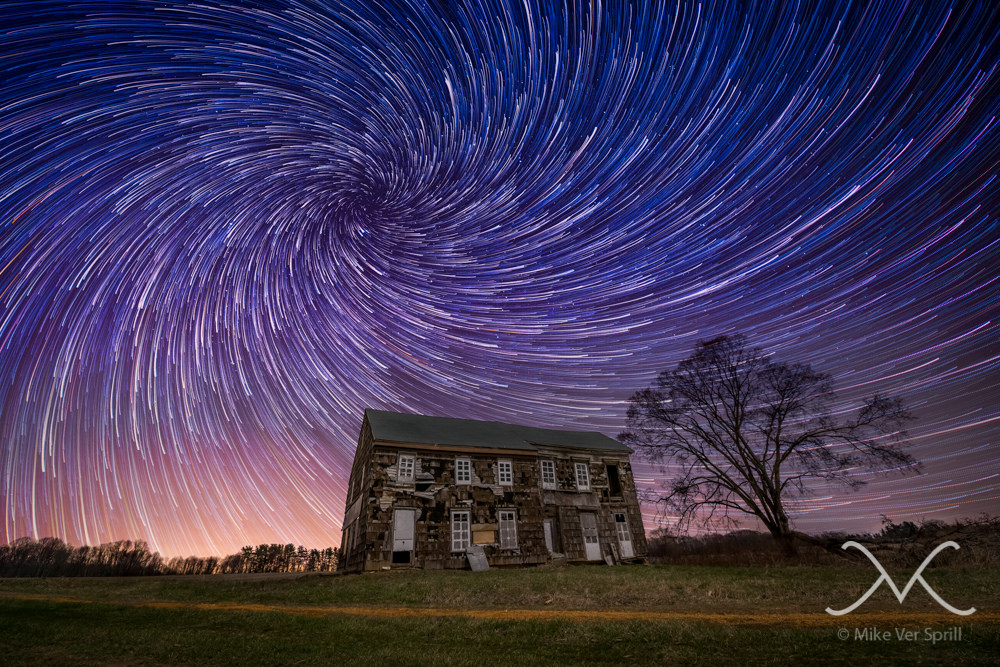

- STAR TRAILS STACKING SOFTWARE FULL
- STAR TRAILS STACKING SOFTWARE SOFTWARE
- STAR TRAILS STACKING SOFTWARE ISO
- STAR TRAILS STACKING SOFTWARE FREE
STAR TRAILS STACKING SOFTWARE FREE
They're both free but donations are encouraged.
STAR TRAILS STACKING SOFTWARE SOFTWARE
The two well regarded stacking software apps are StarStax (Mac or Windows) and Startrails.exe (Windows only). img-001.jpg, img-002.jpg etc.) and you're ready to stack. Now export those images out as JPEGs or TIFFs into a folder using an ordered number sequence (i.e. Once you have that image where you want it, copy the image adjustment settings and then apply them to the rest of the images in the sequence. The key at this point is having the ability to apply adjustments easily across all images. If you're using RAW source files or you wish to aesthetically adjust your entire sequence of images, you will need to first import the images into Adobe Lightroom or an equivalent image editor. Once you've made your exposures, you're ready to post process. There are separate cables for Sony, Canon, etc.Post Processing for Star Trails Prepping Images for Stacking
STAR TRAILS STACKING SOFTWARE FULL
Use the Nikon 10-pin connection for pro full frame Nikons that support the 10-pin connection, other Nikons (including some full frames) need the USB cable. Just make sure you get the correct remote (or cable) for you camera. The Promote has replaceable cables, and I've gone through a few of them, but in the long run the Promote is cheaper than continuing to buy less expensive remotes. I used to use the Shutterboss as my primary remote, but I went through 3 of them in a year because the cables kept breaking. I love the Promote, but the Vello Shutterboss or Neewer intervalometers work well, but note that almost any intervalometer seems to have an issue with cable reliability. Some cameras, like many of the full frame Nikons, have a built in intervalometer that can be used, or you can get an external remote/intervalometer. You can take the shots manually by just hitting the shutter button multiple times, but a much easier way is to use an intervalometer that can be programmed to shoot X amount of shots at Y seconds each. If you can't get rid of it, you can leave in the vignetting, or you can color correct the magenta fringing.
STAR TRAILS STACKING SOFTWARE ISO
Try ISO 3200 or less if you are experiencing this. The solution here is to use a low enough ISO to prevent or at least minimize the amplification noise.

This happens because the amount of light hitting the edges, in particular the corners, of the frame is much less than the amount of light hitting the center of the frame due to the vignetting of the lens, and if the light level is dark enough then you're not overcoming the amplification/circuitry noise of the sensor and camera, so boosting the dark areas shows that noise. In some cameras, if you're star stacking with shutter speeds of around 10 seconds or less and your lens has strong vignetting at the aperture you're using, you could end up with very strong magenta color noise issues along the edges of the frame when you apply vignette correction in your raw editor, which brightens the dark edges, revealing the color noise. Blending the static foreground shot with the star tracker shot would require dealing with blending the blurred foreground of the star tracker shot with the sharp foreground of the static shot.

I do this anyways even without a tracker so that I can get detail and low noise in my foreground. This is fine if you’re just doing shots of the sky without a foreground, but if you’re capturing the foreground then it will blur in the star tracked exposures, so if you want a sharp foreground you’ll need a separate exposure (or more than one) of the foreground with the tracker turned off. You can certainly do this, but that requires lugging around the star tracker, and polar aligning the tracker every time you move your tripod. Before we get into star stacking, you might be wondering if you could just us a star tracker, a device that sits on top of your tripod and turns with the rotation of the earth so that your camera can follow the stars, capturing long exposures with no star movement.


 0 kommentar(er)
0 kommentar(er)
